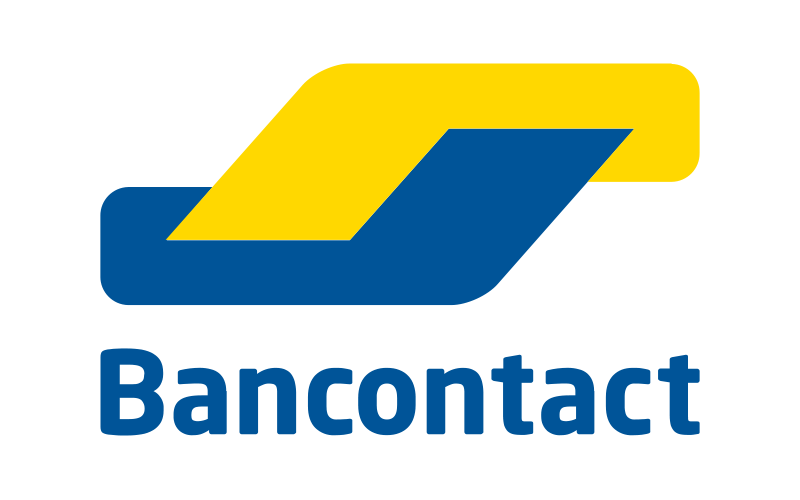Strabismus is a condition in which the eyes lose their parallel alignment, causing one eye to look straight ahead while the other turns in a different direction. This problem is not only cosmetic but also affects visual quality and depth perception. Strabismus can occur in childhood or adulthood. Treatment options include glasses, prisms, botox, and surgical intervention. In this article, we provide detailed information about strabismus surgery: how it is performed, who it is for, success rates, and the recovery process.

- 1. Comments
What Is Strabismus?
Strabismus (also known as "crossed eyes") occurs when the eye muscles do not work in harmony, preventing both eyes from focusing on the same point. It may be permanent or temporary. One eye may turn inward, outward, upward, or downward.
Common Symptoms:
-
Eye misalignment (one or both eyes)
-
Double vision (especially in adults)
-
Tilting of the head to compensate
-
Eye fatigue
-
Loss of depth perception
What Is Strabismus Surgery?
Strabismus surgery is a procedure that adjusts the position or strength of the eye muscles to realign the eyes. The surgeon may weaken, strengthen, or reposition the muscles to restore coordination. It is typically performed under general anesthesia, and most patients return home the same day.
Who Needs Strabismus Surgery?
It is recommended in the following cases:
-
Permanent strabismus that does not improve with glasses or prisms
-
Cosmetically noticeable eye misalignment
-
Severe double vision
-
Head tilt caused by muscle imbalance
-
Failure of temporary treatments like Botox
It can be done on both children and adults after a comprehensive eye muscle examination.
How Is It Performed?
Small incisions are made around the eye. The surgeon either weakens the overacting muscle (recession) or strengthens the underacting one (resection). Sometimes both eyes are operated on.
Duration:
-
30 to 90 minutes
-
Same-day discharge
Postoperative Recovery
-
Redness, irritation, and tearing are normal in the first few days
-
Most symptoms resolve within a week
-
Avoid heavy lifting, swimming, and eye makeup for 3–4 weeks
-
Glasses or prisms may still be needed
-
Final results are usually seen in 1–2 months
Risks
-
Eye infection
-
Under- or over-correction
-
Temporary or permanent double vision
-
Rare need for reoperation
Strabismus Surgery Cost in 2025
The cost may vary depending on the surgeon’s experience, hospital facilities, and whether one or both eyes are treated.
Pre-Surgery Considerations
-
Full orthoptic and eye muscle evaluation is essential
-
Infections must be treated before surgery
-
Patients and families should be informed about the recovery process
Success Rate
Strabismus surgery has a success rate of 80%–90%. Some patients may need a second procedure. Early intervention offers better results both functionally and cosmetically.
Conclusion
Strabismus is not just a cosmetic issue—it can significantly impact quality of life. With proper diagnosis and timely surgery, patients can regain both appearance and visual comfort. If you or your child has signs of strabismus, consult an ophthalmologist promptly.

Sélectionnez une ville de votre choix et planifiez facilement votre traitement.
Restez informé ! Recevez des conseils, des actualités et des offres exclusives.
Directement dans votre e-mail
Votre confidentialité est notre priorité ; nous ne vous contactons qu'avec des contenus importants et précieux liés à la santé.

Méthodes de paiement sécurisées


















